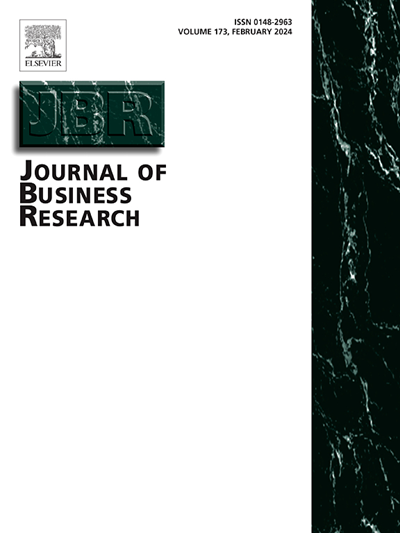放大和缩小战略优势:高增长公司的松弛配置和研发投资
IF 9.8
1区 管理学
Q1 BUSINESS
引用次数: 0
摘要
我们的研究使用了源自企业成长的资源基础观点(RBV)的配置框架,重新解释了懈怠与研发投资之间的关系。我们解决了尚未解决的等效不可替代性悖论,这就提出了企业如何利用不同的等效资源投入不可替代资源进行研发的问题。为了解决这个难题,我们基于集合论的方法提出了新的论点。我们对中国高增长企业样本进行了必要条件分析(NCA)和模糊集定性比较分析(fsQCA)。我们的研究结果表明,企业如何以各种均衡和不对称的方式形成不可替代的闲置组合(“放大”)和配置闲置投资(“放大”)。通过采用一种整体的配置放大方法,包括缩小必要的、不可替代的配置,缩小多用途的闲置配置,高增长公司可以实现创造客户价值和战胜竞争的战略优势。本文章由计算机程序翻译,如有差异,请以英文原文为准。
Zooming in and out for strategic advantage: Slack configurations and R&D investments in high-growth firms
Our study reinterprets the relationship between slack and R&D investment using a configurational framework derived from the resource-based view (RBV) of firm growth. We address the unresolved paradox of equifinal non-substitutability, which raises the question of how firms can invest non-substitutable resources using different equifinal resources for R&D. To solve this puzzle, we develop novel arguments based on a set-theoretic approach. We conduct Necessary Condition Analysis (NCA) and fuzzy-set Qualitative Comparative Analysis (fsQCA) with a sample of high-growth Chinese firms. Our findings demonstrate how firms can form non-substitutable slack combinations disjunctively (“zooming out”) and configure slack investments conjunctively (“zooming in”) in various equifinal and asymmetric ways. By employing a holistic configurational zooming approach that involves zooming out for necessary, non-substitutable configurations and zooming in for versatile slack configurations, high-growth firms can achieve strategic advantages that create customer value and outmaneuver competition.
求助全文
通过发布文献求助,成功后即可免费获取论文全文。
去求助
来源期刊

Journal of Business Research
BUSINESS-
CiteScore
20.30
自引率
10.60%
发文量
956
期刊介绍:
The Journal of Business Research aims to publish research that is rigorous, relevant, and potentially impactful. It examines a wide variety of business decision contexts, processes, and activities, developing insights that are meaningful for theory, practice, and/or society at large. The research is intended to generate meaningful debates in academia and practice, that are thought provoking and have the potential to make a difference to conceptual thinking and/or practice. The Journal is published for a broad range of stakeholders, including scholars, researchers, executives, and policy makers. It aids the application of its research to practical situations and theoretical findings to the reality of the business world as well as to society. The Journal is abstracted and indexed in several databases, including Social Sciences Citation Index, ANBAR, Current Contents, Management Contents, Management Literature in Brief, PsycINFO, Information Service, RePEc, Academic Journal Guide, ABI/Inform, INSPEC, etc.
 求助内容:
求助内容: 应助结果提醒方式:
应助结果提醒方式:


